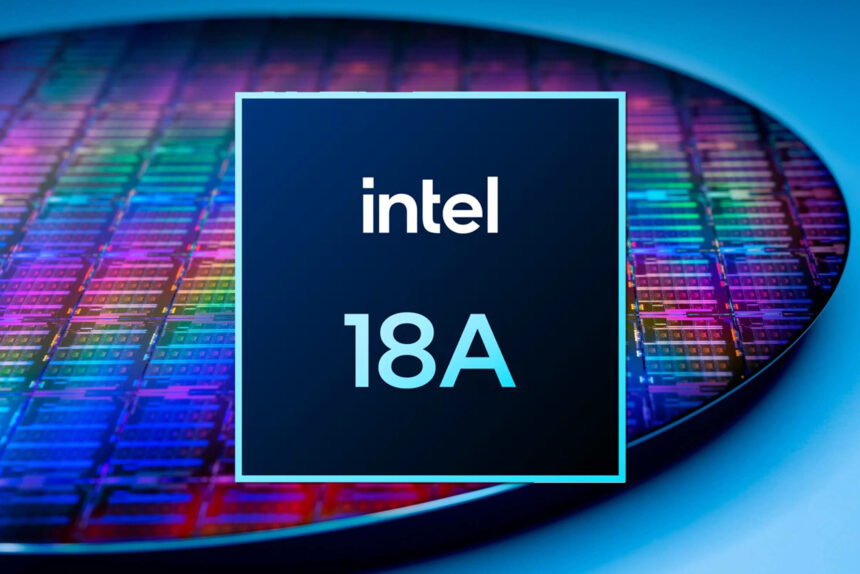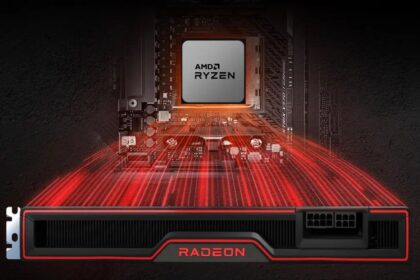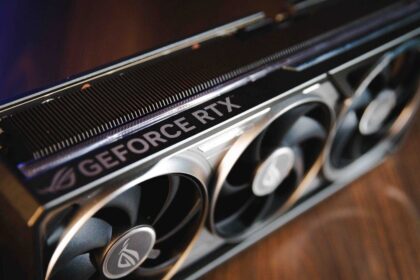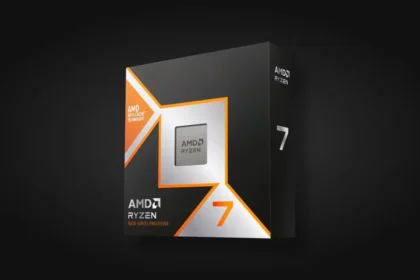Intel’s next-generation 18A process — the company’s most advanced manufacturing technology — is advancing more slowly than anticipated, creating ripple effects across its production lines. Until high-volume manufacturing begins, Intel’s heavily loaded Intel 7 facilities will remain the backbone of its CPU output, limiting supply for client and data center chips.
To offset these production limits and protect margins, Intel is focusing on higher-value server processors, even as demand rebounds across its broader product portfolio.
Intel reported stronger chip demand during the third quarter, but its recovery has been hampered by ongoing supply restrictions. The company continues to face bottlenecks tied to limited fab capacity and a lingering shortage of packaging substrates — a key material used in assembling processors.
Chief Financial Officer David Zinsner acknowledged the challenge in the company’s latest earnings call, saying Intel is still dealing with “capacity constraints, especially on Intel 10 and Intel 7,” which restricted output for both client and server products this past quarter.
Intel 7 at the Center of the Crunch
The heart of Intel’s manufacturing challenge lies with its Intel 7 node — formerly known as 10nm Enhanced SuperFin. Though it debuted several product generations ago, the process still underpins a wide range of Intel CPUs, including 13th and 14th Gen Core (Raptor Lake) processors and the I/O dies for Xeon 6 “Granite Rapids” and 5th Gen Xeon Scalable “Emerald Rapids” chips.
Raptor Lake, introduced in 2022, remains a strong seller thanks to its performance and compatibility. However, Intel’s limited investment in expanding older-node capacity has kept supply tight, pushing up prices in some segments.
Zinsner noted that the company is “working closely with customers to maximise available output, including adjusting pricing and mix,” which effectively means prioritising premium, high-margin chips over lower-cost, high-volume parts.
Data Centre First
With Intel 7 fabs under strain, the company is allocating more wafer capacity to data centre CPUs — particularly its new Xeon 6 series. Each Xeon processor can generate several times more revenue than a consumer CPU, making the move a strategic one. Intel expects continued growth in its Data Center and AI Group through the current quarter, while its Client Computing Group revenue will dip slightly due to this shift in product focus.
Packaging Shortages Add Pressure
Intel’s output challenges go beyond wafer capacity. A global shortage of organic substrates, the materials that hold and connect CPU components within their packaging, is further constraining supply. Because these substrates are critical for both desktop and server chips, the shortage affects nearly every segment of Intel’s CPU lineup.
Outlook Into 2026
Intel expects these constraints to persist well into next year. The company forecasts that early 2026 could mark the peak of its supply challenges, with gradual improvement afterwards as new capacity — including 18A — comes online.
Zinsner said Intel has been drawing on existing inventory and pushing factories to their limits, remarking that the company is “cranking the output as much as we can with the factory” while navigating an industry still recovering from material shortages and capacity bottlenecks.











